Pilots and aviation professionals must always be aware of their safety and well-being before takeoff. The IMSAFE acronym checklist is a great tool to ensure pilots are operating within their capabilities, both mentally and physically. IMSAFE stands for Illness, Medication, Stress, Alcohol, Fatigue, and Emotion (or Eaten), and taking a few minutes to go through it before flying can make all the difference in ensuring a safe flight.
Also Read: AV1ATES Acronym: Required Inspections for Aircraft Airworthiness
Pilots invest an incredible amount of time ensuring that their aircraft are ready to take on the skies. Aircraft inspection maintenance, preflight procedures, and engine run-ups must all be routinely undertaken before the flight – there is no room for compromise when it comes to safety!
So why not take a few moments to assess our readiness before taking off? Keep the IMSAFE checklist in mind as part of your necessary pre-flight routine – it should now be ingrained in your subconscious reflex.
Contents
- What is the IMSAFE Checklist for Aviation Pilots?
- IMSAFE Acronym Meaning
- IMSAFE Letters Explained
- I – Illness
- M – Medication
- S – Stress
- A – Alcohol
- F – Fatigue
- E – Emotion / Eaten / Everything Else
- Video: Setting Personal Flying Minimum Standards PreFlight
- Video: Episode IMSAFE Checklist by Angle of Attack
- Frequently Asked Questions
- 1. What does the IMSAFE acronym stand for?
- 2. How can pilots use the IMSAFE checklist to assess their mental and physical state before takeoff?
- 3. What should pilots do if they identify any issues with their mental or physical state during the assessment?
- 4. How often should pilots use the IMSAFE checklist?
- 5. Are there any other resources available to pilots for pre-flight preparation?
- 6. What is the difference between PAVE and IMSAFE checklists?
- 7. What should a pilot do if they feel unsafe during a flight?
- 8. What are some tips for pilots to stay safe during a flight?
- Summary
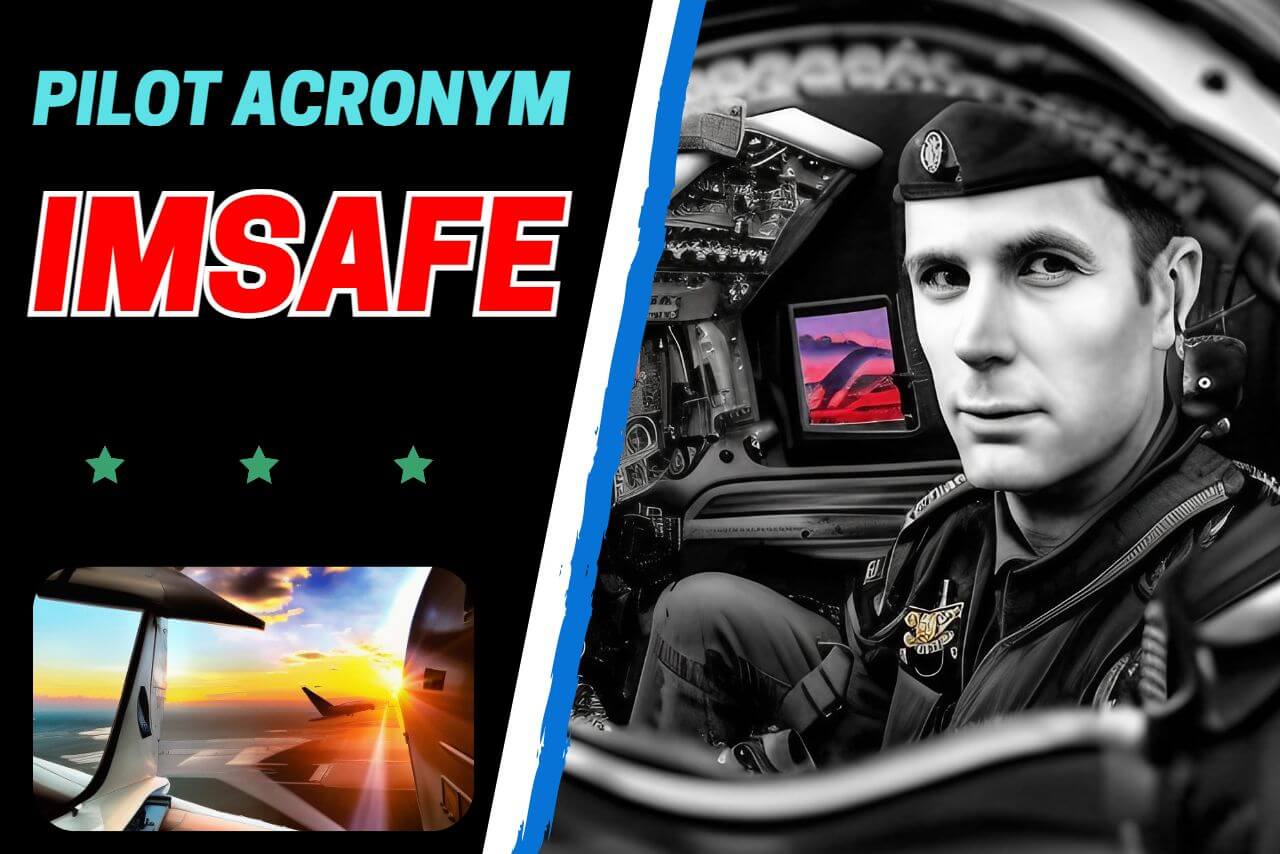
What is the IMSAFE Checklist for Aviation Pilots?
The IMSAFE checklist is a tool designed to help pilots determine whether or not they are fit for flying. It is an acronym and mnemonic that stands for Illness, Medication, Stress, Alcohol, Fatigue, and Emotion (or Eaten). The acronym reminds us of the physical and mental characteristics that can affect cockpit operations and decision-making abilities. Let’s go through them one by one.
Before every flight, pilots and instructors refer to the IMSAFE acronym as a quick way of gauging if a pilot is in an appropriate condition for a safe journey.
IMSAFE is essential for every pilot to assess their mental and physical state before getting into the cockpit.
IMSAFE Acronym Meaning
- I – Illness
- M – Medication
- S – Stress
- A – Alcohol
- F – Fatigue
- E – Emotions/Eating/Everything Else
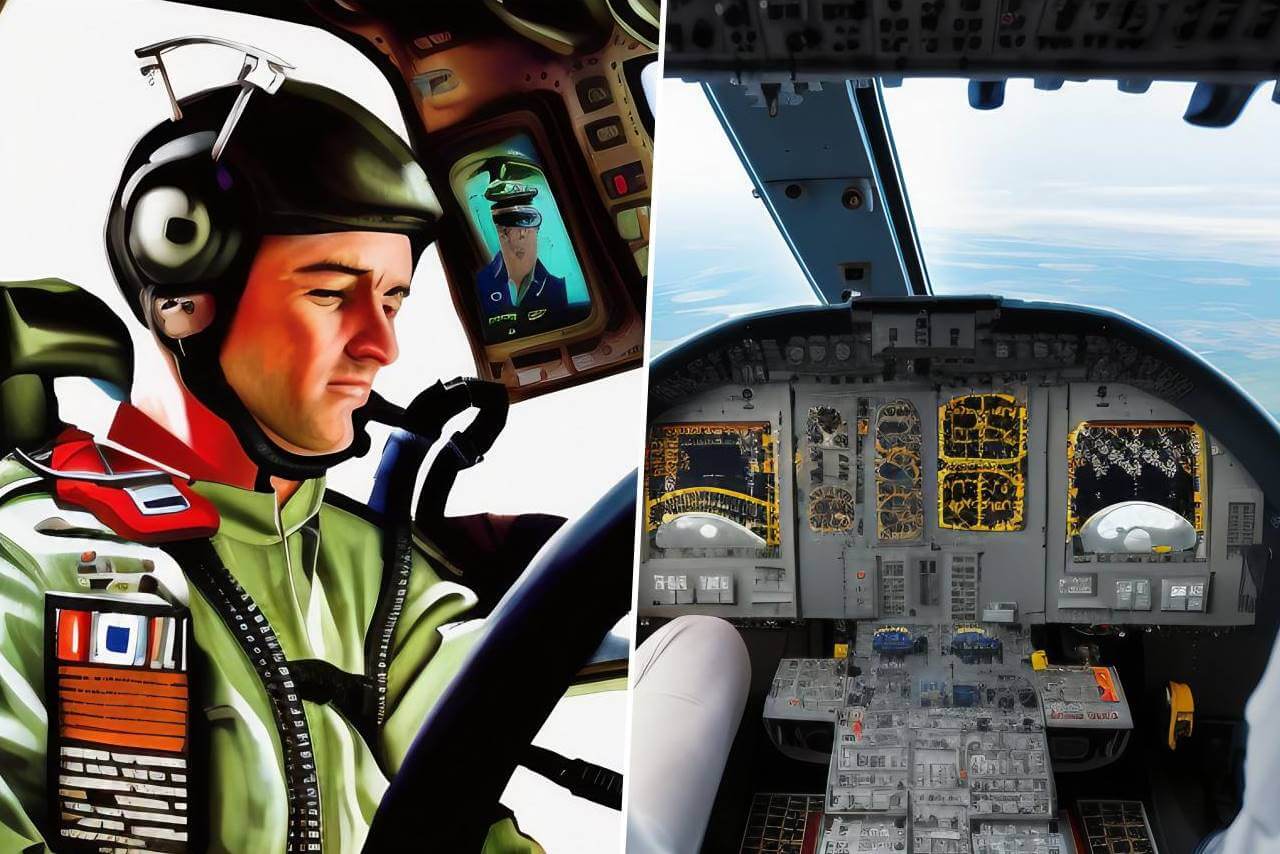
IMSAFE Letters Explained
Pilots often have self-confidence in their capabilities, trusting that they can overcome any problem. However, the truth is there are some obstacles we cannot control and our confidence could potentially not be enough.
Despite flying how many miles with our skill as fliers, reality has a way of reminding us that not all accomplishments come without hardship or sacrifice – what do I need to consider before taking off? The IMSAFE checklist serves as an invaluable tool for helping you evaluate your readiness for the flight!
I – Illness
Check yourself for any signs of illness such as fever, chills, chest pain, or digestive issues. If you are feeling unwell, it’s better to consult a medical professional and not take the risk of flying while ill.
Any form of sickness, such as colds, flu, or a fever can be dangerous for pilots in the cockpit. These illnesses can cause fatigue and disorientation, which could lead to impaired judgment and safety issues during flight.
All pilots should take note if they are feeling under the weather before getting behind the stick! If you are suffering from an illness that affects your senses or reflexes, it may be best to stay grounded until you’re feeling better.
M – Medication
Assess whether any medication you are taking will affect your ability to fly. Some medications may cause drowsiness, confusion, or blurry vision – these are all red flags that prevent you from flying.
Certain medications, both prescription and non-prescription drugs, may affect a pilot’s performance in the air. Pilots should always double-check with their physicians on any medication they are taking prior to flying, to ensure the side effects won’t interfere with operations.
Discuss any medications you are taking with an aviation medical examiner (AME) prior to flying, as well as the time frame recommended for waiting after taking them before takeoff.
S – Stress
Being aware of stress levels is key as too much stress can negatively affect performance. Pilots should recognize signs of psychological stress such as divorce, arguments, or financial troubles.
As a pilot, you have to be honest with yourself in assessing your own stress levels, as any psychological issues can interfere with flight operations and decision-making ability. Taking this extra step of self-assessment can help ensure that you are in the right frame of mind for a safe journey.
Pilots should also consider taking breaks or seeking professional support if necessary, to better manage their stress levels and prepare for a successful flight ahead.
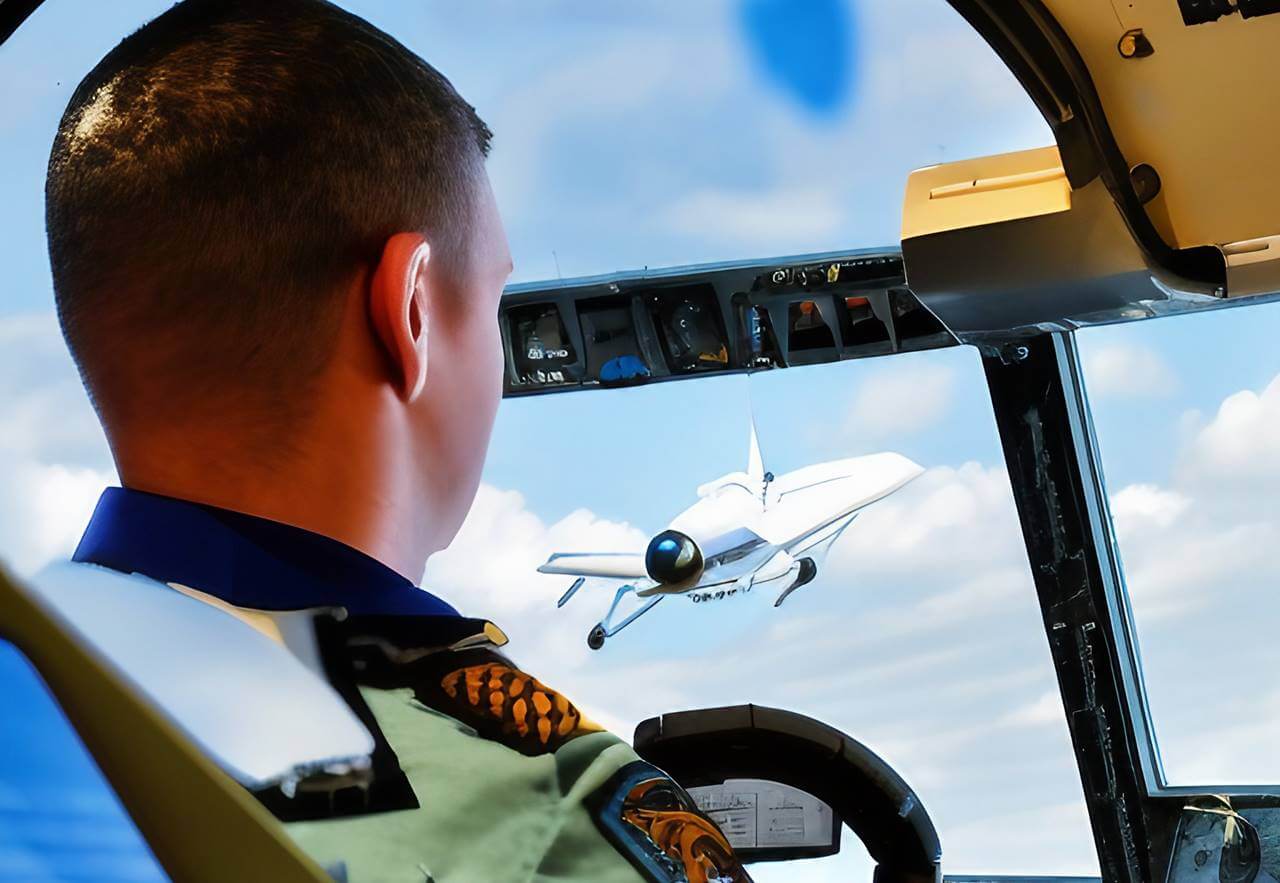
A – Alcohol
Alcohol consumption prior to flying is strictly prohibited! Not even small amounts of alcohol should be consumed within 8 hours before takeoff as per 14 CFR Part 91.17 rules. Some airline companies require more than 8 hours so check with your local aviation industry guidelines. The effects of alcohol on judgment and reflexes can last several hours after ingestion, so it’s important to stay away from alcoholic beverages when preparing for a flight.
The FAA clearly prohibits any pilot from flying who has consumed alcohol within 8 hours of takeoff or is under the influence of alcohol with a blood alcohol content of .04 percent or greater. For GCAA, it should not be more than 0.02 grams of alcohol content in the bloodstream.
F – Fatigue
Everyone handles fatigue differently so pilots should make sure they are aware of their individual limitations when preparing for a flight. Eat well and get enough sleep so that mental alertness is at its peak when preparing for take off.
Fatigue is a common issue that can lead to poor decision-making and affect the safety of flight operations. Sleep deprivation can impair reaction time, cause distraction and confusion, and decrease alertness – all of which pose serious threats to the pilot’s well-being in the cockpit.
The best way to combat this issue is by getting plenty of quality sleep prior to flying. If possible, schedule flights during times when you would normally be awake or plan for additional rest breaks throughout the day. Pilots must always pay attention to their own fatigue levels as it is a critical factor in ensuring a safe journey – regardless of how experienced or skilled you may be!
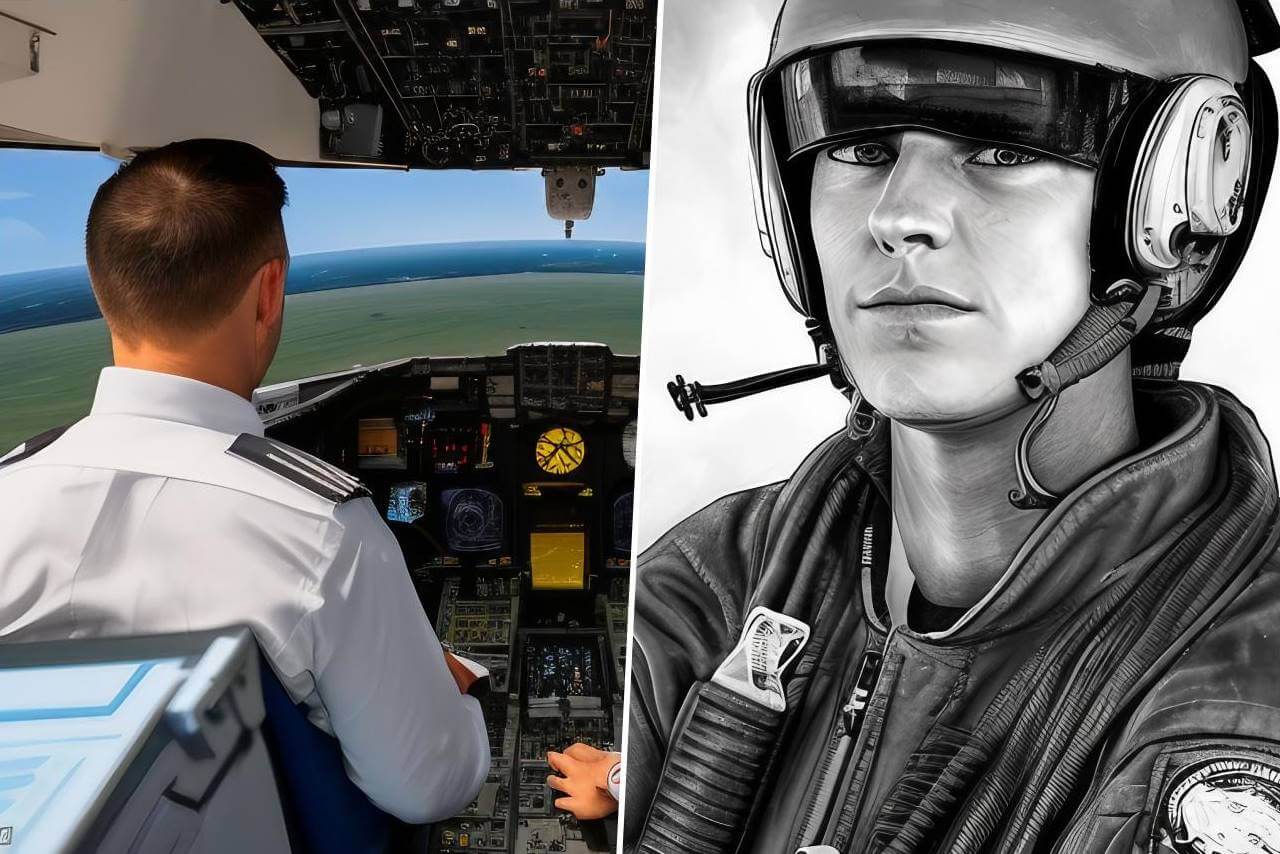
E – Emotion / Eaten / Everything Else
Pilots must also be aware of their emotional state prior to flying. Make sure that you are in a clear and calm mindset before taking off, as any negative emotions could impair your decision-making ability. Make sure to take time to process any strong emotions or worries you may have prior to flight operations.
Eating a healthy meal prior to flight can also help improve alertness and focus during the flight. Ensuring that your body has enough energy while in the cockpit can prevent fatigue and reduce the stress on your system.
Also Read: ATOMATOFLAMES and FLAPS Acronyms in Aviation
Video: Setting Personal Flying Minimum Standards PreFlight
Here’s a video about by MzeroA Flight Training on YouTube which features some helpful advice on setting personal flying minimum standards. When it comes to readiness for flight, the IMSAFE checklist can be a helpful tool in assessing your own physical and mental state before takeoff.
Video: Episode IMSAFE Checklist by Angle of Attack
Here’s another video from YouTuber “Angle of Attack” where he shares his podcast episode about the IMSAFE checklist.
It is necessary for pilots to take into account all aspects of their mental and physical health before flying an aircraft, as safety should always be the top priority. Taking a few moments to do the IMSAFE check list and self-assessment before take-off can help ensure that pilots are in a good psychological and physical state prior to flight. With this checklist, pilots can make sure they are operating safely and efficiently while in the air.
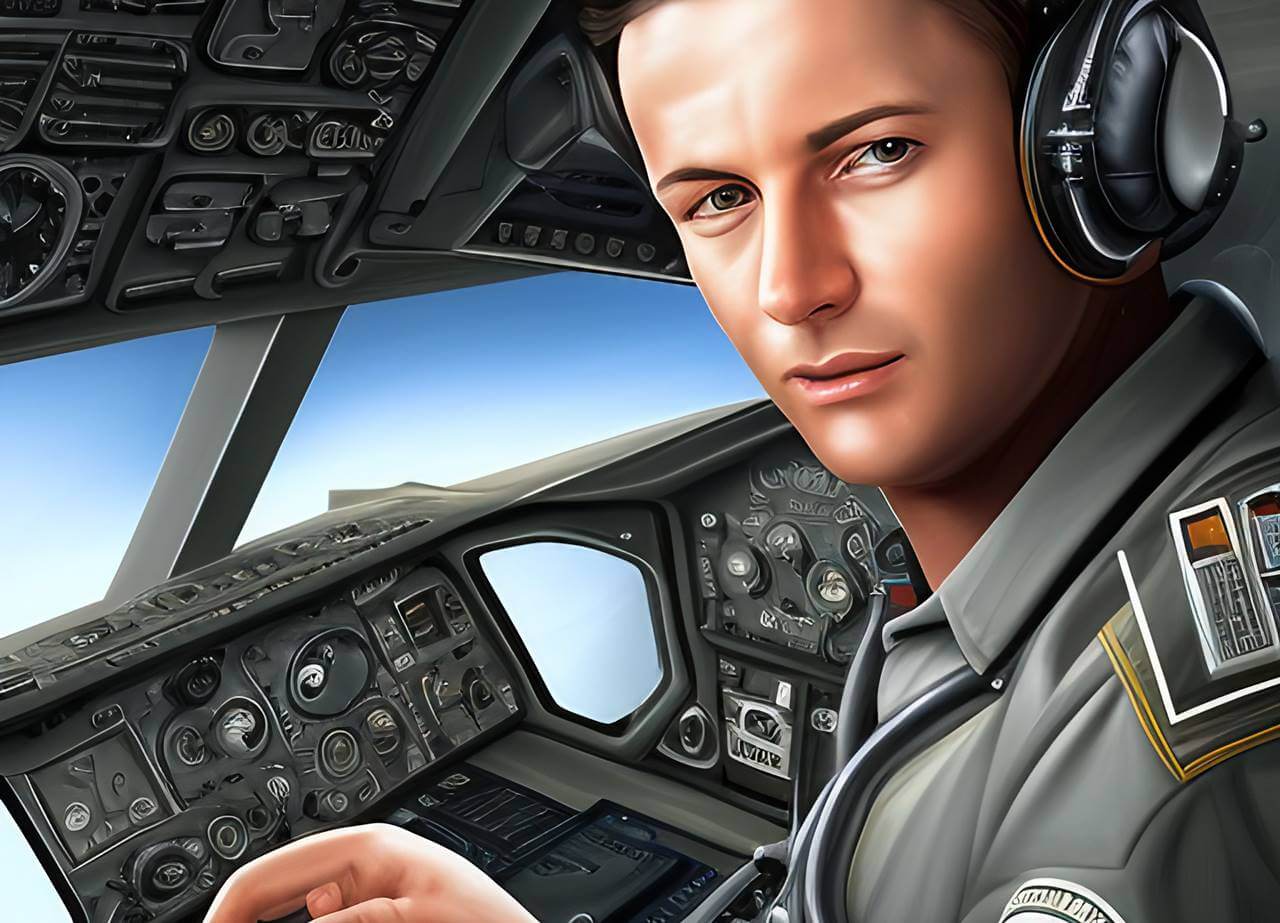
Frequently Asked Questions
1. What does the IMSAFE acronym stand for?
IMSAFE stands for Illness, Medication, Stress, Alcohol/Drugs, Fatigue and Emotion/Eaten/Everything Else. These are all factors that pilots must consider before they take off to ensure a safe and efficient flight.
2. How can pilots use the IMSAFE checklist to assess their mental and physical state before takeoff?
By taking a few moments to complete the IMSAFE checklist before takeoff, pilots can make sure that they are in optimal condition for a safe flight. This includes assessing their illness (such as any cold or flu-like symptoms), medications (including non-prescription drugs), stress levels, alcohol/drugs consumption (within 8 hours before takeoff or no more than 0.02 grams of alcohol content in the blood stream), fatigue levels, and emotional/eaten/everything else that could affect their performance in the air.
3. What should pilots do if they identify any issues with their mental or physical state during the assessment?
If any issues with mental or physical state are identified during assessment using the IMSAFE checklist, then it is recommended that pilots postpone their flight until these issues have been addressed. Pilots should get plenty of rest prior to flying, ensure they have had a healthy meal, and pay attention to their own fatigue levels to ensure a safe journey.
4. How often should pilots use the IMSAFE checklist?
Pilots should use the IMSAFE checklist each time prior to any flight operation. This will help ensure that pilots are in the best possible state for a safe and efficient journey.
5. Are there any other resources available to pilots for pre-flight preparation?
Yes, there are plenty of other resources available for pilots to help with pre-flight preparation. This includes information about weather and airspace regulations, flight planning tools, and educational videos about flying safely. Pilots should make sure that their aircraft has been properly inspected before takeoff and that all necessary safety equipment is on board the plane. Pilots can consult their aviation instructor or reference books/manuals such as the Pilot’s Handbook of Aeronautical Knowledge and Airplane Flying Handbook to learn more about safe flying practices.
6. What is the difference between PAVE and IMSAFE checklists?
The PAVE and IMSAFE checklists are both used to assess the safety of a flight before takeoff. However, they are slightly different in terms of their purpose. The PAVE checklist stands for Pilot, Aircraft, EnVironment, and External Pressures. PAVE is more focused on assessing the environmental conditions that pilots will face during the flight (such as weather, terrain, visibility, etc.), whereas the IMSAFE checklist is more concerned with assessing the individual pilot’s mental and physical state prior to takeoff. Both checklists should be completed before any flight operation.
7. What should a pilot do if they feel unsafe during a flight?
If a pilot feels unsafe during the flight, the co-pilot should be notified immediately and the aircraft should be brought to a safe altitude. The pilot may also contact air traffic control to declare an emergency. Depending on the severity of the situation, it may be necessary to divert or land at a nearby airport. The most important thing is for the pilot to remain calm and assess the situation so that appropriate action can be taken.
Commercial pilots should work with their co-pilots but if both pilots are unsafe, they may look for another captain to take over the flight. If no other captain is available, they should continue on course while following all safety protocols and notify air traffic control of their situation. They should also seek medical attention upon landing.
8. What are some tips for pilots to stay safe during a flight?
Pilots can stay safe during flight by following the pre-flight checklists (such as PAVE and IMSAFE), reviewing their aircraft’s maintenance log, familiarizing themselves with airspace regulations, paying close attention to weather patterns, monitoring their fuel levels throughout the journey, avoiding distractions such as cell phone use, and remaining alert at all times.
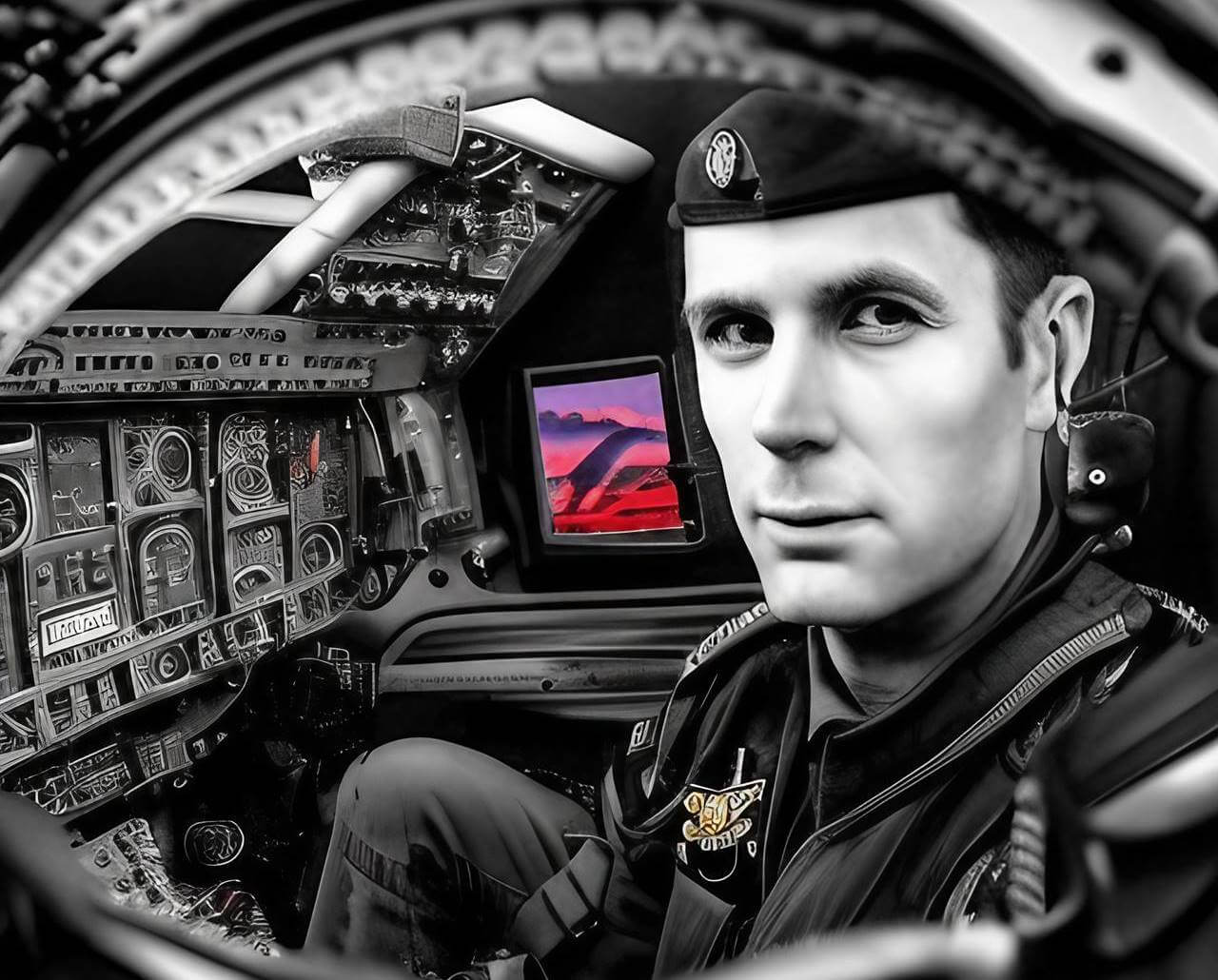
Summary
IMSAFE is essential for every pilot to assess their mental and physical state before getting into the cockpit. Pilots should follow this self-assessment checklist to validate their readiness for a flight. By understanding the different components of this acronym, pilots can gain insight into what factors they need to evaluate in order to be ready.
Running through this IMSAFE acronym checklist prior to every flight will ensure pilots are equipped with the awareness needed for safe flights on land or sea!
Disclaimer: IMSAFE is a good acronym to use to assess one’s mental and physical state before the flight. While this is a general safety mnemonic, as a student pilot, please check with your flight school and aviation industry rules to make sure you are following the most up-to-date safety measures. Always consult with a qualified flight instructor prior to any in-flight operation. Happy and safe flying!